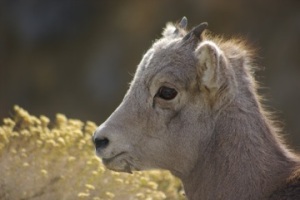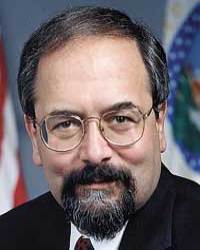Fee is only $1.35 to graze a calf cow pair for a month.
Obama Administration Refuses to Reform Public-lands Grazing Fee
For immediate release – January 18, 2011
Contacts: Greta Anderson, Western Watersheds Project, 520.623.1878
Mark Salvo, WildEarth Guardians, 503.757.4221
Taylor McKinnon, Center for Biological Diversity, 928.310.6713
Brent Fenty, Oregon Natural Desert Association, 541.330.2638
Ronni Egan, Great Old Broads for Wilderness, 970.385.9577
Tucson, Ariz. – After a lengthy delay, five conservation organizations finally received an answer today from the Departments of the Interior and Agriculture concerning the artificially low fee federal agencies charge for livestock grazing on public lands. Claiming higher priorities, both agencies declined to address the outdated grazing fee formula. The government’s response was prompted by a lawsuit filed by Center for Biological Diversity, Western Watersheds Project, WildEarth Guardians, Great Old Broads for Wilderness, and Oregon Natural Desert Association.
Conservation organizations submitted a petition in 2005, asking the government to address the grazing fee formula and adjust the fee in order to cover the costs of the federal grazing program, which costs taxpayers at least $115 million dollars annually according to a Government Accountability Office report. Conservationists contend that Americans lose even more in compromised wildlife habitat, water quality, scenic views, and native vegetation.
“Today’s long-awaited answer was a huge disappointment,” said Greta Anderson, Arizona Director for Western Watersheds Project. “Year after year, we watch as the government gives a sweetheart deal to public lands ranchers at the expense of taxpayers and the environment. We had hoped the Obama Administration would have done better, but it’s business-as-usual for the western livestock industry.”
“Subsidizing the livestock industry at the cost of species, ecosystems, and taxpayers is plainly bad public land policy,” said Taylor McKinnon, public lands campaigns director with the Center for Biological Diversity, “Today’s choice to continue that policy is both a disappointment and a blight on the Obama administration’s environmental record.” Read the rest of this entry »



















